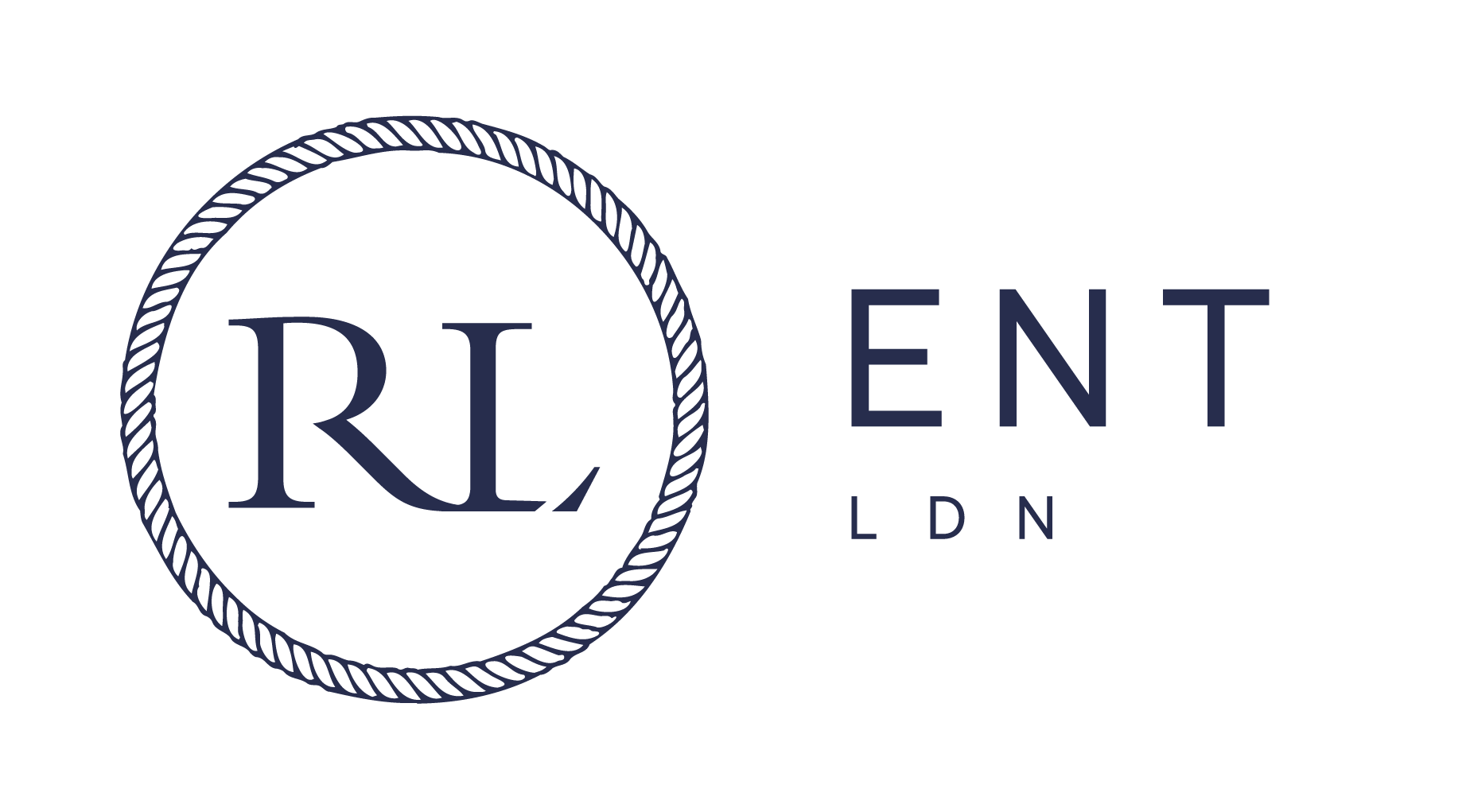
A frequently encountered concern for many individuals is the accumulation of earwax, which can lead to discomfort and hinder one’s hearing capabilities. To maintain ear health at its best, it is crucial to understand safe and efficient methods for addressing the issue of earwax buildup. In this comprehensive article, we will explore the challenges posed by earwax, the risks associated with using cotton swabs to clean your ears, safe methods for removing earwax and the cutting-edge microsuction procedure performed by an ENT specialist in London.
The Inconvenience of Ear Wax
Cerumen, commonly known as earwax, is a natural substance the ear produces to lubricate and protect the ear canal. While essential for ear health, excessive earwax can cause discomfort and hearing problems. It may lead to sensations of fullness in the ear, discomfort, reduced hearing, tinnitus (ringing in the ears) and even episodes of vertigo. These inconveniences can significantly impact an individual’s daily life, communication skills and overall well-being.
Avoid Cotton Swabs for Ear Cleansing
Many people commonly use cotton swabs for ear cleaning, often considering it a convenient solution. However, this widespread practice is not only counterproductive but also potentially harmful. Inserting objects like cotton swabs into the ear canal can lead to blockages, which may result in ear irritation, infections or damage to delicate internal structures. It’s crucial to recognise that external objects should not disrupt the natural self-regulating cleaning mechanism of the ear canal.
Safe Methods for Clearing Wax-clogged Ears
Let’s delve into the best practices to help you regain clear and comfortable hearing.
Natural Self-cleaning Mechanism
The ear canal boasts a remarkable self-cleaning mechanism where earwax naturally migrates from the eardrum toward the ear’s opening. This complex process is facilitated by speaking, chewing and jaw movements, ensuring that excess earwax is usually expelled from the ear canal without requiring external assistance.
Home Remedies
Individuals with mild earwax buildup may consider a few home remedies.
These methods include tilting the head to allow water to enter the ear canal, followed by gentle water drainage and warm water use to soften the earwax. Be cautious and avoid applying excessive force or water pressure, as these actions could worsen the issue.
Over-the-Counter Ear Drops
Over-the-counter ear drops can facilitate the natural migration of earwax out of the ear canal by softening it, making the process more manageable and comfortable. You can typically utilise these ear drops, often composed of mineral oil, following the instructions on the product label. However, it is advisable to consult with a healthcare professional before using any ear drops, especially if you have a history of ear-related concerns.
Consider an ENT Specialist
Seeking the expertise of an ENT specialist in London is advisable when dealing with stubborn or impacted earwax. ENT specialists possess the necessary skills and knowledge to diagnose and effectively address ear-related issues, including earwax buildup. They can provide professional guidance on safe ear-cleaning methods and recommend the most suitable course of action for your specific situation.
Why Should You Consider Microsuction Ear Wax Removal?
Microsuction ear wax removal in London represents a safe, highly effective and minimally invasive approach employed by ENT specialists for the removal of excess earwax. In contrast to conventional water irrigation methods, microsuction is a gentle and precise technique for earwax removal. This technique provides several significant benefits, such as:
- Precision: Microsuction allows specialists to use a microscope or magnifying glasses for precise removal without pushing the wax deeper into the ear canal.
- Minimally Invasive: Microsuction is a mild method that lowers the risk of complications, in contrast to water irrigation, which can be uncomfortable and increase the risk of infection.
- Immediate Results: Microsuction provides immediate relief from the discomfort and hearing impairments caused by earwax buildup.
- Safe and Controlled: Professionals with the necessary training and a clear view of the ear canal perform the process, ensuring excess wax removal while protecting the ear’s delicate parts.
Professional Microsuction Ear Wax Removal Appointments at ENT London
While earwax buildup is a common issue, it need not be a source of discomfort or inconvenience. Maintaining optimal ear health involves understanding safe and effective methods for managing earwax buildup. Instead of inserting items like cotton swabs into your ears, consider natural self-cleaning processes, DIY solutions or over-the-counter ear drops.
Microsuction ear wax removal, performed by ENT professionals, offers a precise, minimally invasive and rapid solution for those with complex earwax issues. If you are experiencing earwax-related problems, consulting a medical practitioner or scheduling a microsuction ear wax removal appointment at a specialised clinic is advisable.
At ENT London, we strongly emphasise your hearing and overall ear health. Our team of skilled ENT doctors is dedicated to providing specialised microsuction ear wax removal services in London. We utilise state-of-the-art technology to deliver safe, efficient and patient-focused care. Your ear health deserves expert attention – book your appointment with us today for professional care and relief.
Frequently Asked Questions
ENT specialists employ a microscope or magnifying lenses to meticulously and precisely perform the microsuction earwax removal procedure, effectively eliminating excess earwax. This approach is characterised by its minimal invasiveness and controlled removal, distinguishing it from traditional methods such as water irrigation.

